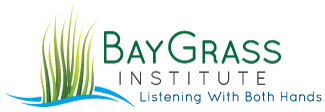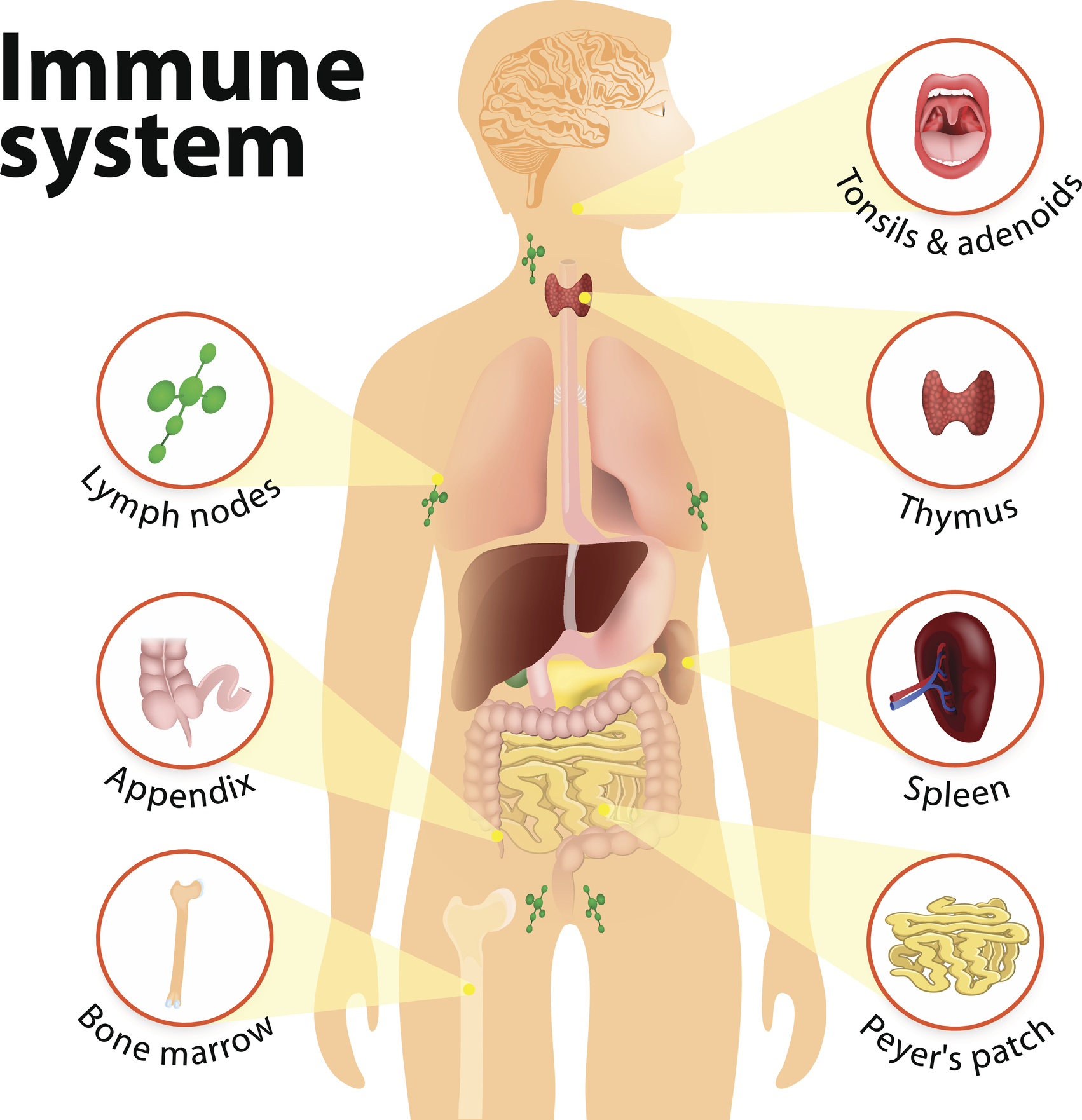As we battle the cold of winter and the myriad of respiratory infections that are currently around us, I cannot help but think about ways to promote good immune function. Recent research has renewed my interest in the thymus, an organ that sits directly behind the sternum. The thymus has been thought to play an important role in developing the immune system from infancy through the teen years but become relatively unimportant in adults as it significantly decreases in size as we age. It turns out the thymus may remain important throughout life as recently researchers from Harvard reported in the New England Journal of Medicine that people who had their thymus removed were more likely to die of all causes or get cancer than people who did not.
So, can manual therapy improve immune function in the thymus? I believe the answer is yes as it can for the immune system as a whole. While more research is needed to fully prove this point, some early research is pointing in that direction. In addition, I think if you look at the physiology of the immune system, it just makes sense.
It is my belief that the real value of manual therapy is that it can remove the obstacles to healing. The main way it accomplishes this is by normalizing the body’s physiology by treating the dysfunctions present that are making it aberrant. Unfortunately, physiology is one of those subjects that many health care practitioners begin to forget as soon as they graduate from school and begin their practices. This can be a big mistake as understanding physiology is one key way practitioners can design an appropriate treatment approach for their patients.
To understand how manual therapy can affect immune function, you need to understand how the immune system works. It is important to remember, as my mentor would regularly say, is that you do not want a strong immune response as it might lead to auto-immunity. What you want is smart immune system that can properly react to the dangers the body faces. So how can we make our immune systems smarter? And how can manual therapy help?
The immune system is complex and needs to protect the body from viruses, bacteria, fungi, tumors, and tissue damage among other things. The primary immune organs in the body are the thymus and the bone marrow in the long bones of the extremities, ribs, and cranial bones. Secondary immune organs are the spleen, lymph nodes, and lymphoid tissue – such as the tonsils – that is located at the multiple ports of entry into the body.
To function appropriately, the immune system needs to be told when something dangerous has entered or is occurring in the body. This information is provided by good lymphatic flow so that any foreign substances found in the fluid surrounding the cells are transported to lymphoid tissue, lymph nodes, and spleen where immune cells are activated to enter the fight.
The immune system can be divided into 2 primary systems that act synergistically: innate immunity and adaptive immunity. The innate immune response is the 1st line of defense that acts in minutes to hours after an area of the body is exposed to something harmful. Its response is general and non-specific. The adaptive immune response begins days to weeks later after being triggered by innate immune cells. The adaptive immune system then creates a more specific response by generating B cells and T cells.
B cells produce antibodies that attach to the specific foreign substances and make them inactive. T cells destroy the specific foreign substances present. Both B and T cells form memory cells that remain after the immune response ends, which results in a quicker and more specific response if the same antigen re-appears later.
Both B cells and T cells develop from progenitor cells in the bone marrow. Once created, mature B cells are released from the bone marrow into the body. However, before T cells are released, they must first travel to the thymus (T is for thymus) that sits in the chest directly behind the sternum. In the thymus, T cells are taught what foreign invaders to attack and to avoid the body’s own cells to prevent an autoimmune reaction.
After they are created, B and T cells leave the bone marrow and thymus and travel throughout the body to populate the various lymphoid tissues. So, for good immune function, even in adulthood, manual therapy can be quite helpful. The goals are:
1. Maximize lymphatic drainage by removing dysfunctions in the thoracic inlet (clavicles, upper ribs, and lower neck) where the lymphatic system drains and in the respiratory diaphragm, pelvic floor, and cranium that serve as lymphatic pumps. Enhance lymphatic flow even more by encouraging exercise and body motion as they wring the tissues and move lymph forward.
2. Remove dysfunctions present in the long bones of the extremities, ribs, and cranium where the bone marrow produces immune cells.
3. Remove dysfunctions in the sternomanubrial region (manubrium, sternum, and 2nd rib) to optimize thymic function.
Stay well!
Additional suggested reading:
Kooshesh, KA, et al. Health Consequences of Thymus Removal in Adults. N Engl J Med. 2023; 389:406-17. DOI: 10.1056/NEJMoa2302892
Thapa, P and Farber, DL. The Role of the Thymus in the Immune Response.
Thorac Surg Clin. 2019; 29(2):123–131. doi:10.1016/j.thorsurg.2018.12.001.


